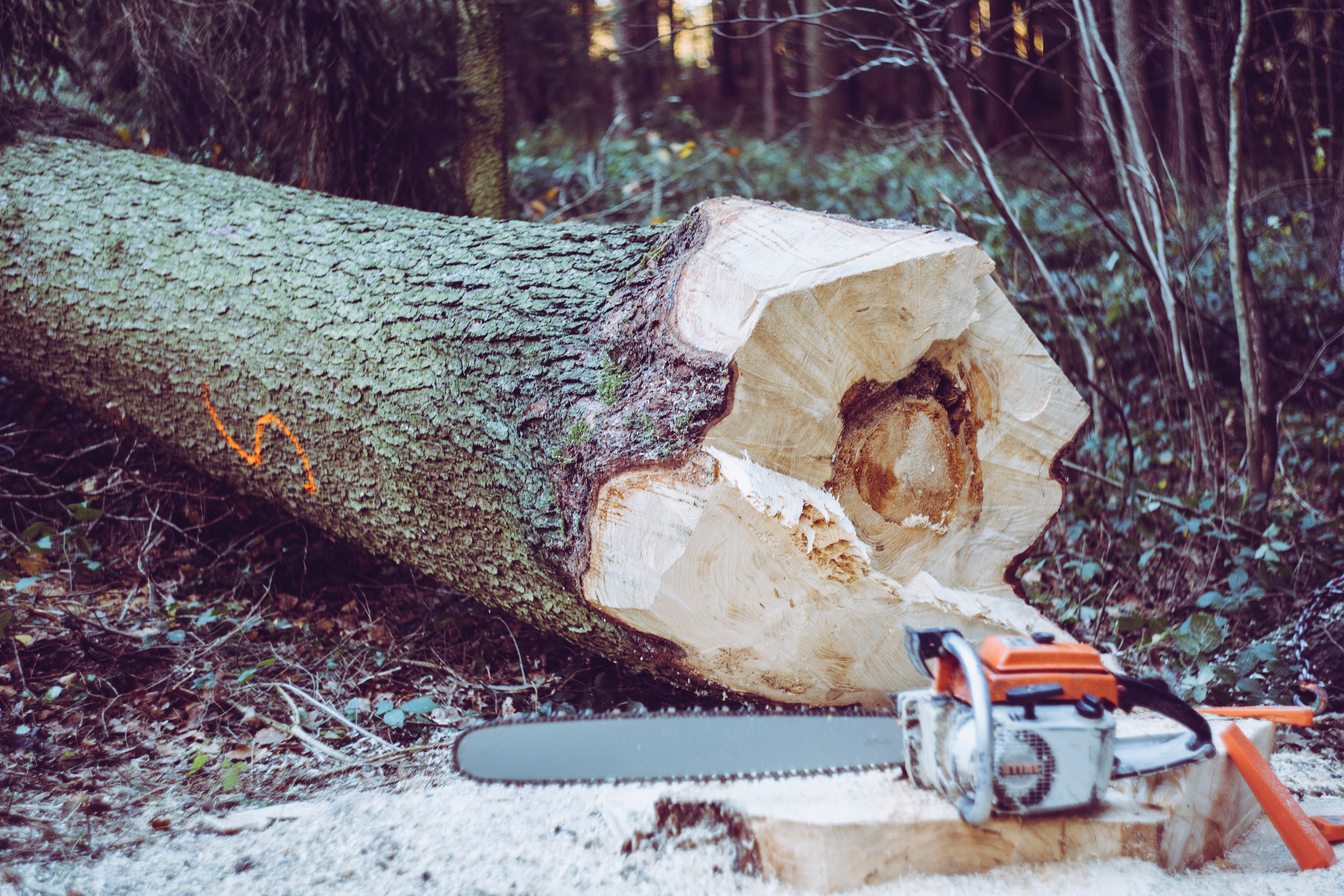Wildfires destroy thousands of acres of land and hundreds of buildings annually. Damages sustained at your business are not only limited to fire damage, but also can include smoke and water damage to your property, as well as lost income when businesses are shut down due to evacuation orders.
As urban areas extend farther into forested lands each year, the amount of damage can likely increase. Despite a trend of increasing wildfire risk, there are steps that can be taken to protect property and mitigate damage. Building design, property access, and creation of a fuel reduction zone, can make a significant difference in whether your property survives a wildfire. Preparation and planning can significantly improve the chances of a property surviving a wildfire. A preparedness plan should include knowing what to do when the threat of a wildfire is imminent. Local authorities can provide advice for affected areas.BEFORE A WILDFIRE EVENT
Building design- Ensure that roof coverings are made of fire resistant materials.
- Cover roof vents with fire and corrosion resistant screens.
- Have at least a 20-minute fire resistance rating on exterior openings, including windows and doors.
- Have at least a one-hour fire resistance rating on overhangs, eaves and balconies.
- Install spark arrestors on chimneys and vents to prevent sparks and embers from entering the building through these openings.
A. Fuel reduction area
- Create a fuel reduction area or safety zone to protect your property from fire.
- Maintain at least a 10 m (33 ft) separation between buildings, automobiles, fuel tanks, outside storage areas, and high grass or wooded areas. This open area should be limited to well-irrigated small plants and grass.
- Clear dry or dead brush, trees, grass, and other debris within 15 m (50 ft) of all buildings. For buildings on slopes, clear 60 m (200 ft) from buildings.
- The safety zone for trees on a property:
o If trees are primarily deciduous (e.g. oak and maple), the safety zone should be at least 10m (33 ft)
o If trees are primarily coniferous (e.g. pine and fir), a safety zone should be at least 30 m (100 ft) - Trim trees so that branches are a minimum of 2 m (6 ft) from the ground.
- Routinely remove deadfall and trimmings from open spaces.
B. Property access
- Ensure that driveways and access roads are well maintained, adequately sized and properly graded.
- Design roads and parking areas to accommodate fire department vehicles, having lengths up to 11 m (38 ft) and a turning radius of 14 m (48 ft).
C. Safe fire practices
Fire safety is important for all property owners, but extra steps are necessary to reduce the risk of fire in wildfire areas.
- Store combustible and flammable materials located outdoors at an acceptable distance from buildings, fences, and vehicles. Consult local authorities for specific laws and requirements.
- Store combustible and flammable liquids in approved containers only.
- If your building is on a slope, store combustible and flammable materials and liquids lateral to the building, not uphill or downhill.
- Establish a safe outdoor smoking zone, such as a paved area, where dropped smoking materials cannot start a fire. Provide appropriate containers for discarding smoking materials.
- Avoid burning outdoors in dry weather or during the wildfire season.
- Store garbage in fire resistant waste containers with tight fitting lids.
- Keep roofs and eavestroughs free of leaves, branches, pine needles, and other debris that could fuel a fire.
D. Develop a wildfire plan
- Owners and managers/supervisors create a written wildfire response plan and make it accessible to all employees. Copies are to be readily available for staff.
- Hold regular discussions to ensure staff members know how to respond and communicate when a wildfire hits.
- Practice drills to give employees experience in properly reacting to wildfires in the event of an emergency.
- Know evacuation routes and practice travelling along them. Know the safest place to go if a wildfire burns and an evacuation becomes compulsory.
- Set up ongoing data backup for your computer systems so you can access data remotely in the event of an emergency.
- Reserve or make an agreement with an alternate location to continue business operations away from known wildfire zones during a wildfire event.
DURING A WILDFIRE EVENT
What to do under a wildfire advisory
- Tune into local news stations regarding evacuation notices and other directions from local authorities. Always obey directions given by local or provincial government. In addition, Alert Ready– Canada’s emergency alerting system – delivers critical alerts to Canadians through wireless devices.
- Visit the Government of Canada wildfire website for up-to-date reports on the fire situation across Canada.
- Visit the Canadian Interagency Forest Fire Centre website for detailed fire information, situation reports, and interactive maps of active fires.
- Areas are evacuated at a moment’s notice. If an evacuation notice is issued, you may not have much time to get ready to leave your business.
- Contact staff to advise them of a possible wildfire evacuation.
- Contact customers to advise them of possible interruptions. Contact suppliers to cancel any new shipments to sites impacted by a wildfire event.
- Keep windows and doors closed to limit your exposure to smoke and dust. Time permitting, covering vents, windows and other openings with duct tape and plywood.
- Wet the roof and property. Unless local authorities have restricted your water use, consider using a sprinkler to soak the roof and property.
- Ensure that all systems and computers have been backed up. If possible, move important equipment to an off-site location as this allows access to important documents, information and critical equipment while impacted by a wildfire.
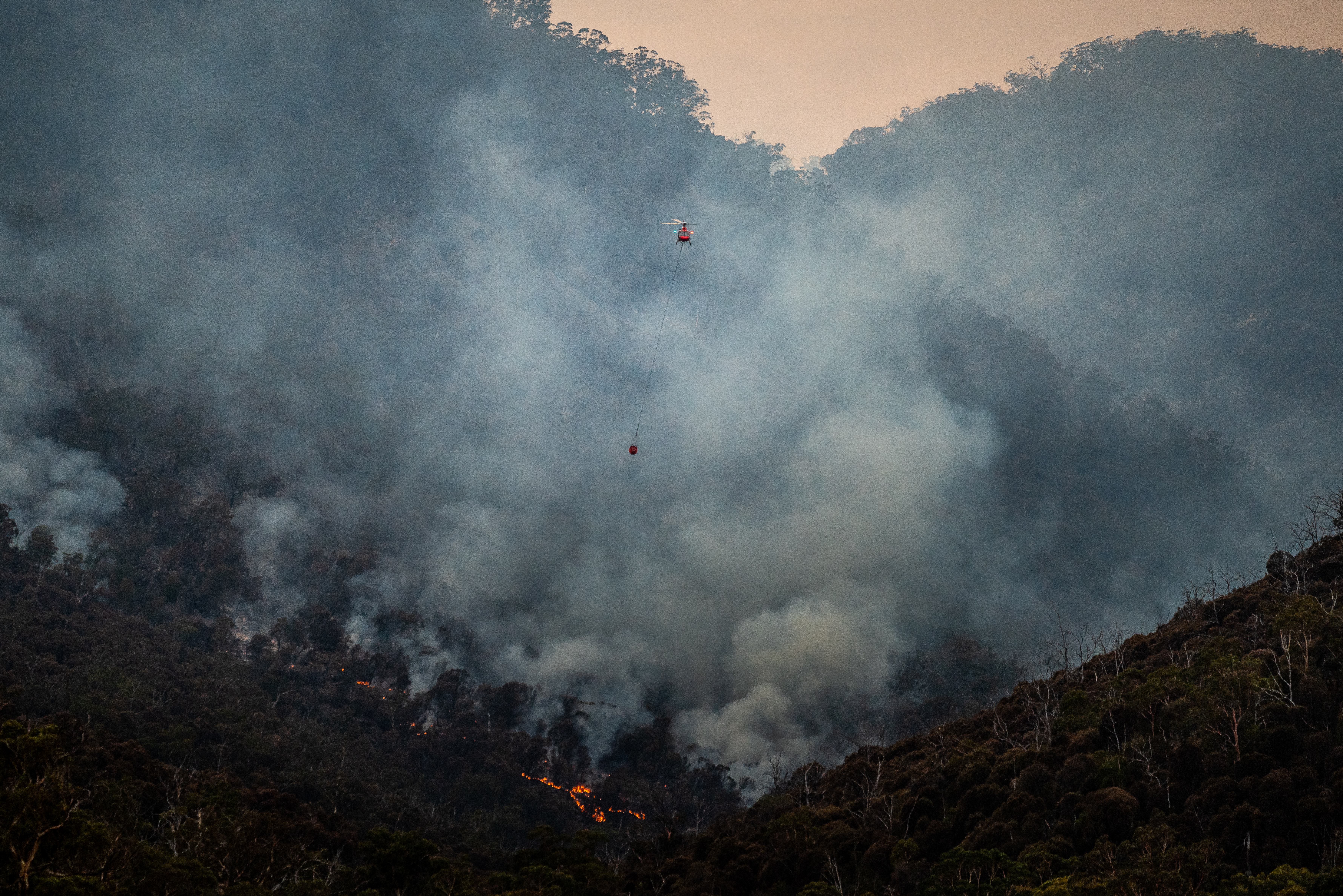
During a wildfire evacuation
- Keep an emergency kit close at hand. This should include insurance information, vendor and customer information, contact lists and important personal documents.
- Initiate the plan early.
o Shut down building air intakes and close windows/ building openings.
o Turn off the air conditioning.
o Turn off the electricity and gas services.
o Turn off backup generators in case they turn on any systems while you're away.
o Close all windows. doors and garage doors and leave them unlocked.
o Ensure all weather-stripping is sealed. If damaged, seal with duct tape.
o Remove combustibles from yard storage. - Monitor local radio for updates.
- Contact our office for advice or to answer questions on policy coverage.
- Contact customers and suppliers to advise them of possible interruptions.
- Contact staff after the evacuation. Key contacts should be in a wildfire plan document.
AFTER A WILDFIRE EVENT
Returning to your business
- Before returning to business premises, try to gather these basic supplies:
o Gloves
o Goggles
o Closed-toe shoes
o A cell phone (with a camera) and a charger
o A flashlight
o Bottled water
o Garbage bags
o A first aid kit - Walk around the perimeter of the building before going inside. Look for out-of-place electrical wiring, gas smells or loose debris. If there are downed power lines or a gas smell, call the hydro or gas company before entering the building.
- Assess damage and contact us right away
- Survey the premises for hazards such as downed lines, collapse, or loose debris. Ensure site safety before permitting staff to begin operations. Note: In some cases experts, such as electricians or gas fitters, may need to review the site.
- Clean air intake units before turning them on.
- Protect and salvage any goods that can be saved.
- Take photographs of any damage before you begin cleaning up.
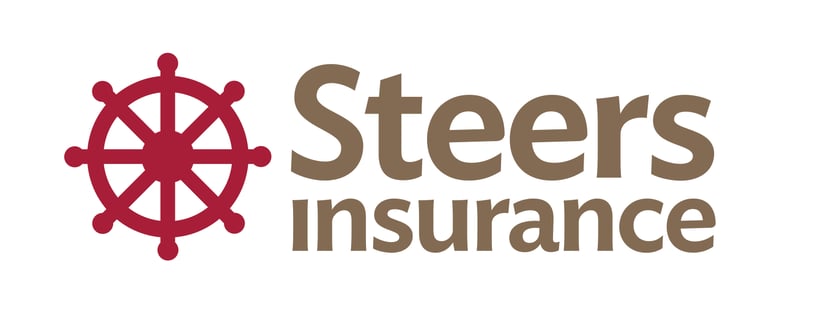

 ;
;
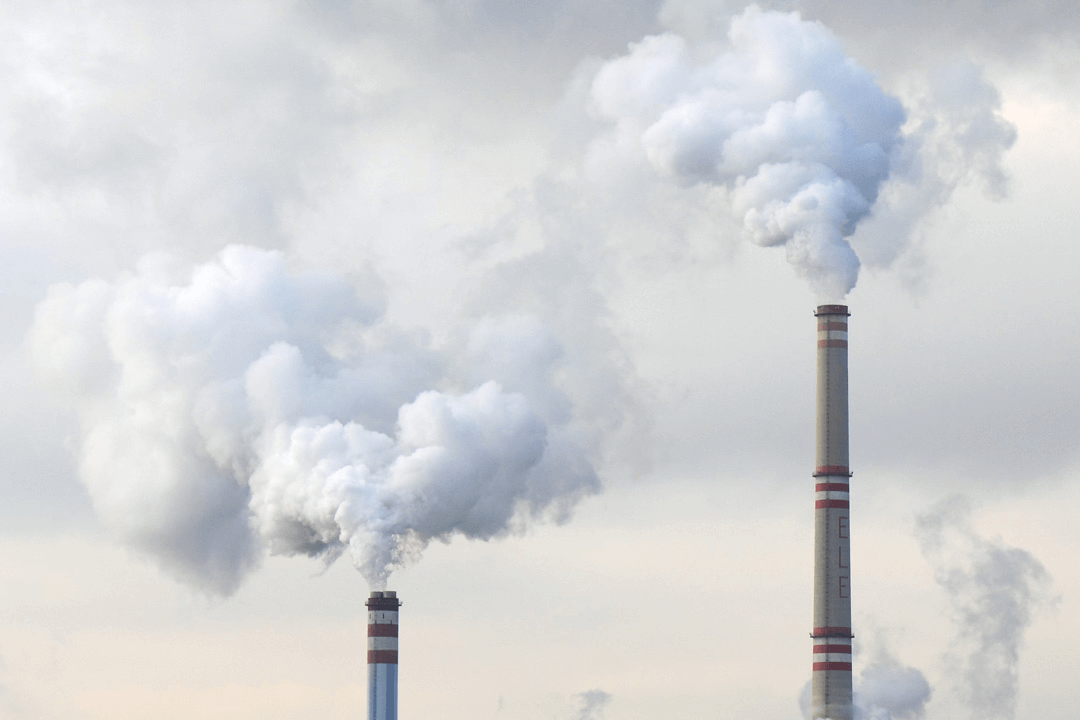 ;
;
 ;
;
 ;
;
 ;
;
 ;
;
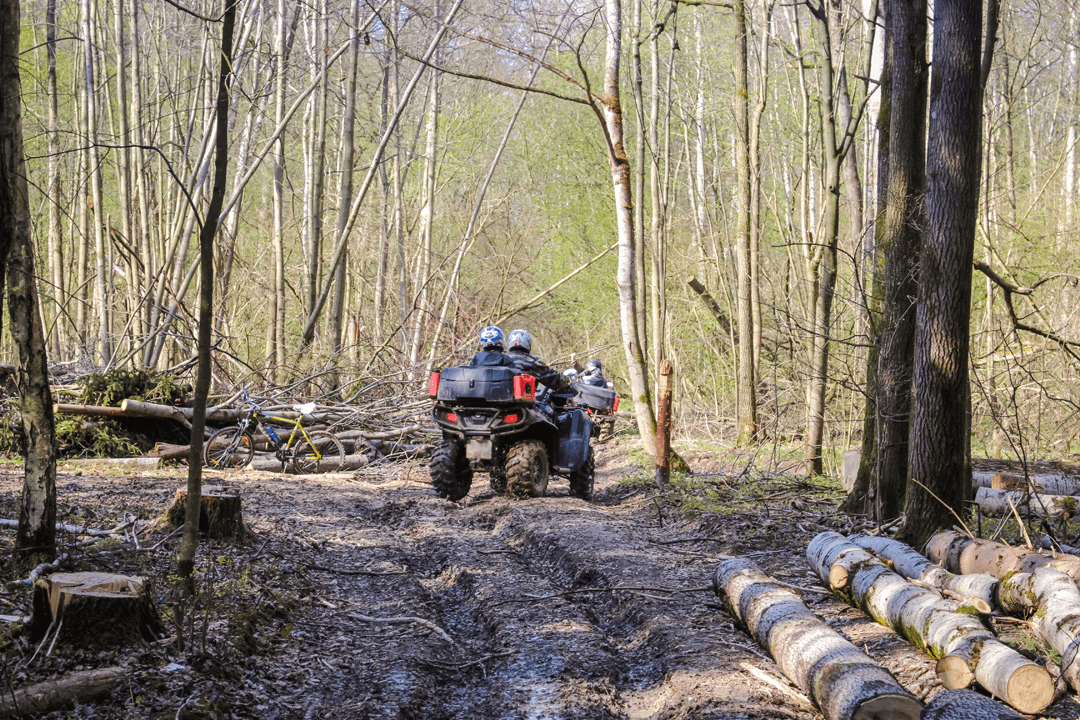 ;
;